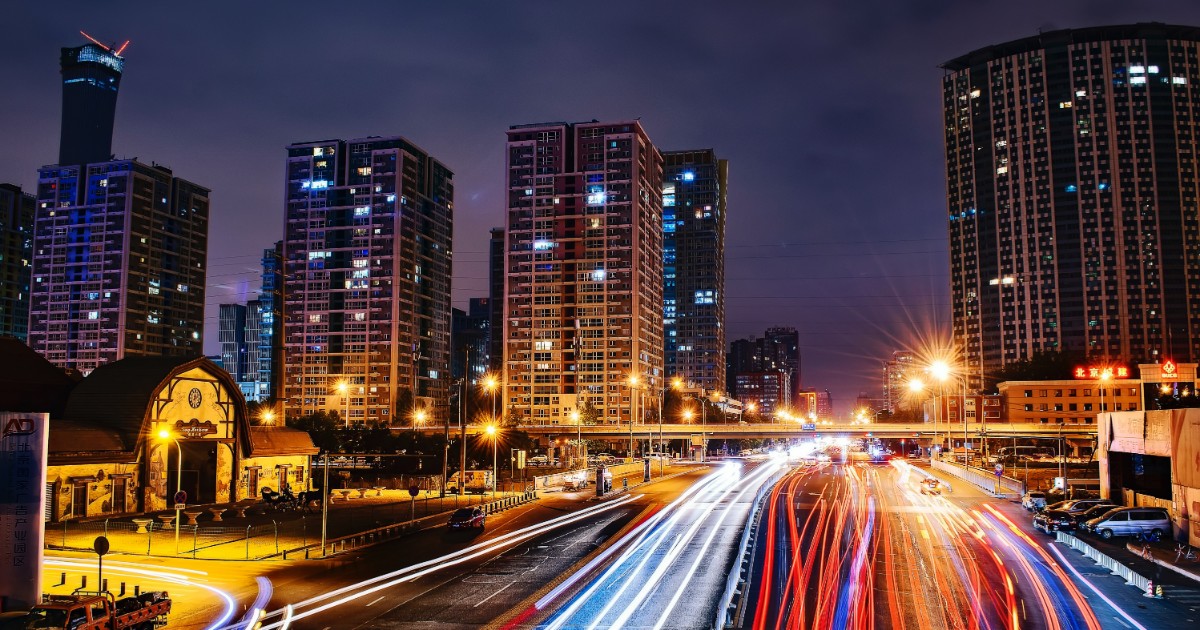- 2.5Impact Factor
- 5.5CiteScore
- 20 daysTime to First Decision
Transportation in the 21st Century: New Vision on Future Mobility
This special issue belongs to the section “Transportation and Future Mobility“.
Special Issue Information
Dear Colleagues,
A safer, more environmentally friendly, and smarter way of mobility has been envisioned in recent years to create a better future. Whether accelerating seamless mobility technologies, connected and autonomous vehicle technologies, or smart infrastructure deployments that encourage new modes and ways of transportation such as micromobility, ride-hailing services, car sharing, bike sharing, micromobility, and unmanned systems, they are all on the way to an ideal new transportation system for the 21st century.
In this Special Issue on “Transportation in the 21st Century: New Vision on Future Mobility”, we are aiming to include all the aspects of future transportation technologies, including but not limited to V2X and connected transportation, autonomous vehicles, smart infrastructure, freight, and so on. If you are interested in this topic and would like to share your work with us, please do not hesitate to contact us.
Dr. Roland Jachimowski
Dr. Andrzej Ratkiewicz
Guest Editors
Manuscript Submission Information
Manuscripts should be submitted online at www.mdpi.com by registering and logging in to this website. Once you are registered, click here to go to the submission form. Manuscripts can be submitted until the deadline. All submissions that pass pre-check are peer-reviewed. Accepted papers will be published continuously in the journal (as soon as accepted) and will be listed together on the special issue website. Research articles, review articles as well as short communications are invited. For planned papers, a title and short abstract (about 250 words) can be sent to the Editorial Office for assessment.
Submitted manuscripts should not have been published previously, nor be under consideration for publication elsewhere (except conference proceedings papers). All manuscripts are thoroughly refereed through a single-blind peer-review process. A guide for authors and other relevant information for submission of manuscripts is available on the Instructions for Authors page. Applied Sciences is an international peer-reviewed open access semimonthly journal published by MDPI.
Please visit the Instructions for Authors page before submitting a manuscript. The Article Processing Charge (APC) for publication in this open access journal is 2400 CHF (Swiss Francs). Submitted papers should be well formatted and use good English. Authors may use MDPI's English editing service prior to publication or during author revisions.
Keywords
- V2X and connected transportation
- autonomous vehicles
- smart infrastructure
- freight

Benefits of Publishing in a Special Issue
- Ease of navigation: Grouping papers by topic helps scholars navigate broad scope journals more efficiently.
- Greater discoverability: Special Issues support the reach and impact of scientific research. Articles in Special Issues are more discoverable and cited more frequently.
- Expansion of research network: Special Issues facilitate connections among authors, fostering scientific collaborations.
- External promotion: Articles in Special Issues are often promoted through the journal's social media, increasing their visibility.
- e-Book format: Special Issues with more than 10 articles can be published as dedicated e-books, ensuring wide and rapid dissemination.

